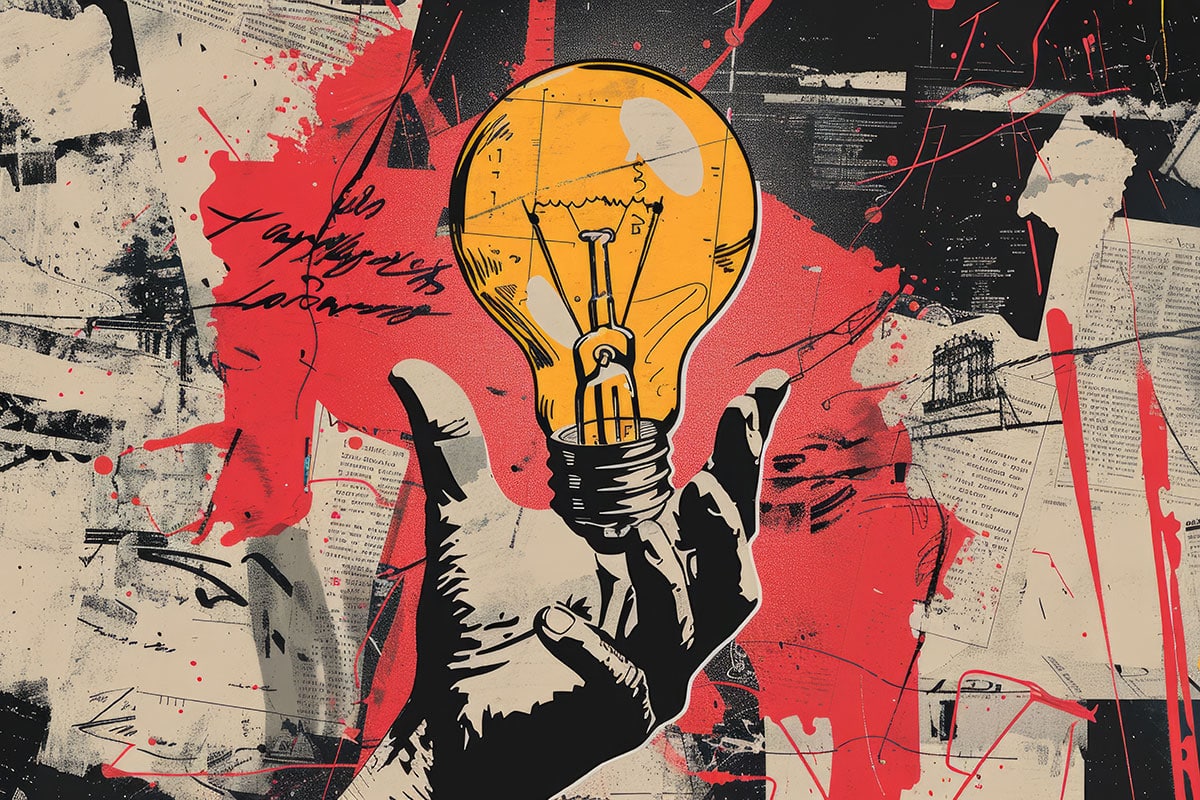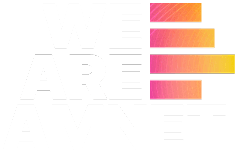Since the dawn of the internet, the ability to share information at breakneck speed has meant that content creation has had to happen as quickly as possible. The moment a video finds its way onto the search engines, another one is needed and then another, and another. Rapid content creation can be used to compete with competitors and make sure your audience sees your content first – but a plan like this doesn’t come without risks.
A solid rapid content development plan needs to account for creating concepts and strategies, time-consuming research, and time to produce quality content. Being first doesn’t always mean your piece of content will grab attention, and if it does, it might not be for the right reasons. Any content creation involves creativity and your team should be allowed to be as creative as possible. This means your content will be as valuable as possible and your audience will love it! After all, your creativity is what sets you apart from others.
So, how does your in-house team keep their creative spark while pushing forward with rapid content creation? Let’s find out, shall we?
How to increase content creation without losing creativity
During a time when the use of AI in rapid content creation is prevalent, publishing content at scale has never been easier. However, using AI or other similar tools to create large amounts of content stifles creativity. This impacts not just creatives, but the user experience too. But, it doesn’t have to be this way – you can ensure rapid content creation and retain your creative edge.
Below are just some of the ways you can ramp up your output while making sure your creatives continue to use their skills and passion.
Understand the audience
Before writing a word of copy or opening InDesign to create your first graphic, you must understand your audience. This includes gathering information and data related to demographics, geographics, pain points, behaviors, likes, dislikes, and more. The more you understand about your audience, the more accurately you can put together buyer personas, which means you have a head start on rapid content creation that will resonate with your audience and encourage them to engage.
Research is key
Your target audience is likely to shop around to find the information, products, or services that provide the best solution to their problems and address their pain points. That means, your content has to outshine that of your competitors and offer something they don’t.
Conduct a competitive content analysis to find out what your competitors are doing right and what they’re doing wrong so you can do it better.
Create a content plan
To create content rapidly at scale, you must create a content strategy that is both thorough and succinct and includes context and rationale. Your plan should include content that relates to:
Brand Relevance: Aim to create content that resonates with their target audience, going beyond product-focused approaches to create experiences that build lasting relationships.
Agile Operating Models: Shift from traditional mass marketing to more agile models that adapt quickly to changing consumer behaviors and channel landscapes.
Value Propositions: Make sure your content plan highlights unique values, such as sustainability, social responsibility, or quality. This will help to differentiate you from your competitors and attract consumers who align with these values.
Real-Time Data: Utilize real-time data and insights. This is crucial for FMCG companies as it keeps content relevant and allows you to make informed decisions quickly.
Consumer Engagement: Focus on shareable and consumable content, especially through video and social media, to maximize engagement.
Scenario Planning: Use data-informed scenario planning to anticipate and prepare for future changes in the market.
Your content strategy should be shared with stakeholders and clients to get sign-off before content creation begins.
Time for a content calendar
With your content plan signed off, it’s time to add the information to your content calendar so creation and publication can be assigned to creatives. When creating a large volume of content, a calendar is vital to ensure deadlines are met and everyone throughout the project has a full understanding of expectations.
Aim to have content planned for the next quarter or two. This allows time for your team to create the content, review it, sign it off, and publish it. It also gives you a great opportunity to see if you have enough resource in-house to manage all of the content you need to create. If not, consider offshoring some of the content. This frees up your in-house team to focus and get creative like only they can while ensuring all work is delivered on time.
We Are Amnet are offshoring specialists. We call it Smartshoring®. We’re a flexible resource with a team of creatives around the world who are experts in high-quality content production in line with your content strategy. We’re the perfect partner when you want to enhance your competitive edge and create content quickly without compromising on quality.
Break down large projects
As part of your content plan, you may have a large project that consists of multiple parts or involves various members of your creative team. When different team members are involved, processes can quickly become muddled or confusing, especially with large projects or when there are lots of moving parts.
Breaking down large projects into individual tasks or stages can help them become more streamlined with clear actionable steps. A project management tool such as Asana ensures every team member knows what’s expected of them and when. Breaking projects down can also help prevent burnout by making sure your in-house creatives aren’t focused on the same task for prolonged periods and ensure the output is always good quality.
Create content briefs and templates
Before writers and designers begin creating, content briefs should be utilized to ensure they have everything they need. Without a brief, information can easily be missed or misinterpreted, which means so much time may be wasted creating content that doesn’t meet its objective.
If your content plan is thorough, most of the information should be easily transferable from there to a brief template. You can then use research tools and competitor analysis data to suggest a content structure and outline and to ensure your content stands out from the crowd. This will speed up the process so writers and designers can begin content creation quickly.
While briefs are vital, it’s also important to allow creatives to use their skills, knowledge, and experience to use suggested structures and outlines as a guide. This allows them to use their creativity and create content that is as good as it can be.
Hire help
Successful content creation can take time, especially if you value quality. In some instances, AI can be a useful tool – for example, it can be useful for generating content ideas and brainstorming. But when it comes to producing creative ideas that align with brand voice and objectives, it shouldn’t be relied on. Unfortunately, creativity is rarely something that can be sped up effectively – creatives often work at their own pace. Expanding your creative team is an obvious solution, but it isn’t often an option as it can be expensive. Another way to work with skilled and experienced professionals is through offshoring, specifically with Smartshoring®. It’s a cost-effective and efficient way of working with overseas talent who deliver consistently great content on time and under budget.
It really works!
Smartshoring® is proven to help businesses scale content creation without sacrificing quality. If you need a steady stream of great content and your in-house team doesn’t have the capacity to help, Smartshoring® can help!
For example, in 2023, Department store chain Nordstrom Rack aimed to open more than 20 new locations following a rebrand, which meant they needed digital marketing and in-store collateral that their in-house team didn’t have the capacity to produce alone. Nordstrom Rack partnered with We Are Amnet to create a catalog of assets, including print materials, emails, social media posts, paid media and display ads, to support store openings across the US. The partnership allowed Nordstrom Rack to increase content creation while continuously maintaining a high level of quality to ensure a consistent customer experience.
Takeaways
Content creation at scale involves a lot of work and many different members of your team. With careful planning and project and content management, creativity and content production at scale can go hand in hand. However, it’s important to rely on talented creatives, and not fall back on tools such as AI, when you’re feeling stretched. Instead, rely on external production partners to relieve the pressure on your creative team and get things back on track.
At We Are Amnet, we can support your creative teams with Smartshoring® so they continue to produce their best content. Contact us today to discover how we can boost your creative output and learn more about the next steps for delivering great rapid content at scale.






